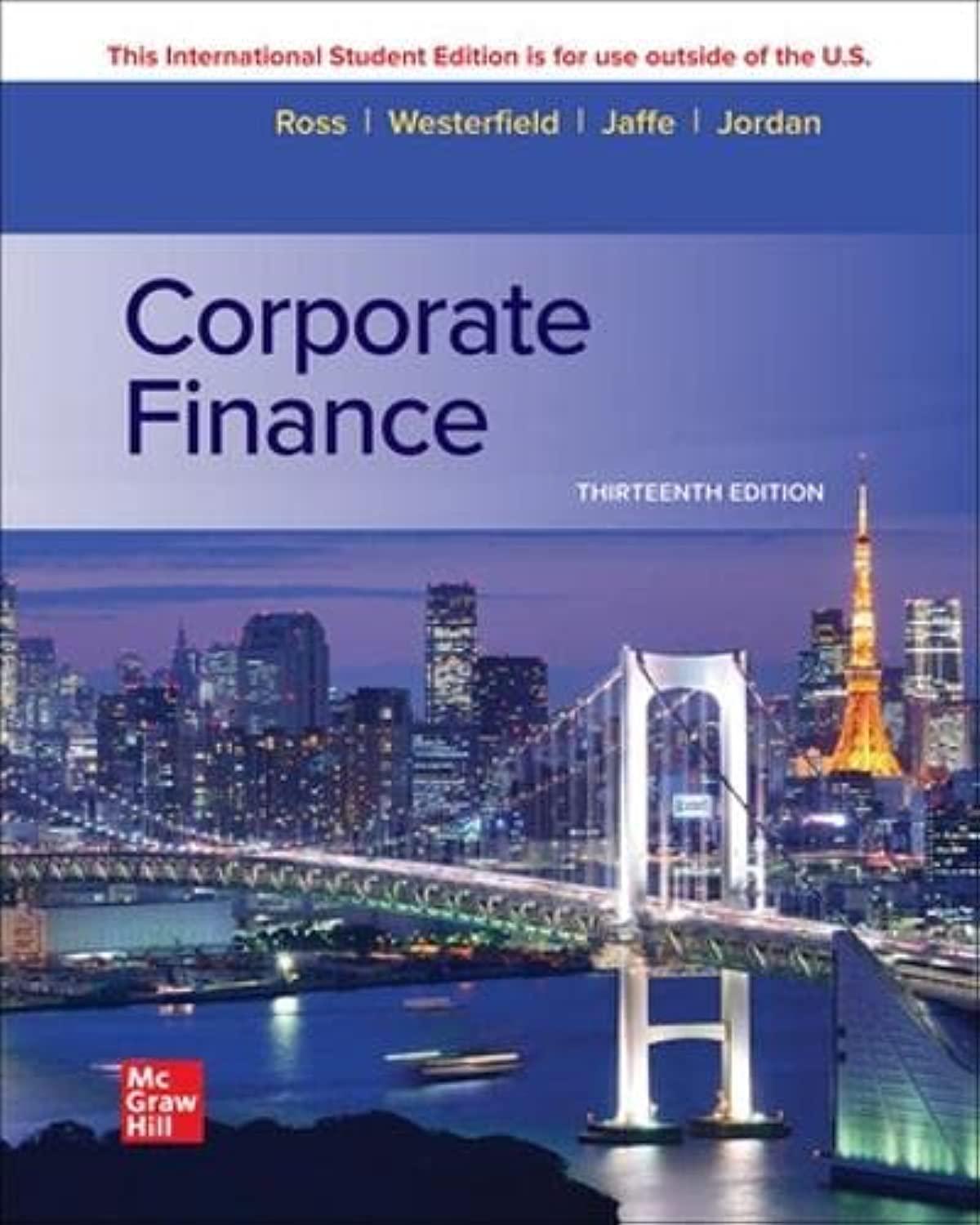Question
8. Problems and Applications Q1 A large share of the world supply of diamonds comes from Russia and South Africa. Suppose that the marginal cost
8. Problems and Applications Q1
A large share of the world supply of diamonds comes from Russia and South Africa. Suppose that the marginal cost of mining diamonds is constant at $3,000 per diamond, and the demand for diamonds is described by the following schedule:
| Price | Quantity |
| (Dollars) | (Diamonds) |
| 8,000 | 3,000 |
| 7,000 | 4,000 |
| 6,000 | 5,000 |
| 5,000 | 6,000 |
| 4,000 | 7,000 |
| 3,000 | 8,000 |
| 2,000 | 9,000 |
| 1,000 | 10,000 |
If there were many suppliers of diamonds, the price would be($?)per diamond and the quantity sold would be(?)diamonds.
If there were only one supplier of diamonds, the price would be($?)per diamond and the quantity sold would be(?)diamonds.
Suppose Russia and South Africa form a cartel.
In this case, the price would be($?)per diamond and the total quantity sold would be(?)diamonds. If the countries split the market evenly, South Africa would produce(?)diamonds and earn a profit of($?).
If South Africa increased its production by 1,000 diamonds while Russia stuck to the cartel agreement, South Africa's profit would (INcrease or Decrease)to($?).
Why are cartel agreements often not successful?
- One party has an incentive to cheat to make more profit.
- Different firms experience different costs.
- All parties would make more money if everyone increased production.
10. Problems and Applications Q4
Consider trade relations between the United States and Mexico. Assume that the leaders of the two countries believe the payoffs to alternative trade policies are shown in the following payoff matrix:
United States' Decision | |||
Low Tariffs | High Tariffs | ||
Mexico's Decision | Low Tariffs | $20 billion,$20 billion | $15 billion,$22 billion |
High Tariffs | $22 billion,$15 billion | $18 billion,$18 billion |
The dominant strategy for the United States is always to choose (HIGH OR LOW ?) tariffs. The dominant strategy for Mexico is always to choose (HIGH OR LOW ?) tariffs.
True or False: The Nash equilibrium outcome for trade policy is for the United States to have low tariffs and Mexico to have high tariffs.
True
False
In 1993, the U.S. Congress ratified the North American Free Trade Agreement, in which the United States and Mexico agreed to reduce trade barriers simultaneously.
True or False: Given the trade strategy decisions in the table, the United States is worse off and Mexico is better off with this new trade policy.
True
False
Based on your understanding of the gains from trade (discussed in Chapters 3 and 9), which of the following statements accurately characterize how well the payoffs indicated for the four possible outcomes actually reflect a nation's welfare? Check all that apply.
A)The payoffs in the upper right and lower left corners of the matrix do not reflect a nation's welfare because tariffs hurt overall total surplus, so both countries' welfare should decline regardless of who charges the high and low tariffs.
B)The payoffs in the upper right and lower left corners of the matrix reflect a nation's welfare because the nation with lower tariffs is better off, since that nation is more open to trade.
C)The payoffs in the upper left and lower right corners of the matrix reflect a nation's welfare because they show that trade is beneficial and tariffs are a barrier to trade.
Step by Step Solution
There are 3 Steps involved in it
Step: 1

Get Instant Access with AI-Powered Solutions
See step-by-step solutions with expert insights and AI powered tools for academic success
Step: 2

Step: 3

Ace Your Homework with AI
Get the answers you need in no time with our AI-driven, step-by-step assistance
Get Started


